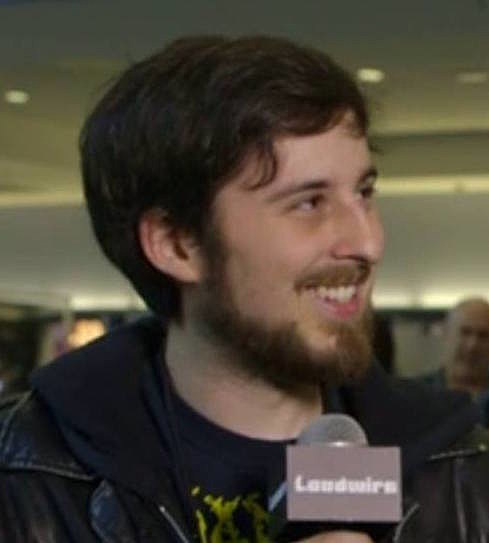

Coon also creates a secondary cautionary tale in the form of Zolgus, depicting in a negative light the phenomenon of technological dehumanization.

MACCLEAN FACT OR FICTION HOW TO
Ultimately, the questions the expedition asks are “why did humanity kill itself, and was it inevitable?” In answering these questions, Coon tells the readers (through his characters) how to possibly avert the potential tragedy. Coming to Earth reinforces the wisdom of these practices for Zolgus, but creates doubts regarding them in the other two, especially Xia. They do not self-perpetuate or have families, but rather artificially grow their young so as to completely liberate both sexes. They have a Communist-style dictatorship and vast technologies and access to energy. They do not crowd all of their sensory organs into their head. We do not learn much about the aliens except that which can be gleaned from their own reflections–they must be roughly humanoid, but they have no teeth and six digits on each appendage. She recognizes and forgives our self-destructive urges, only lamenting that they came to such an unhappy fruition. She unabashedly falls in love with the Earth and its erstwhile inhabitants. Yundi is more respectful, but relying solely on empirical data, he has the most trouble understanding humanity’s self-destructive urges. “I got mine why ain’t you got yours yet?”) Zolgus acknowledges briefly that his own race had its savage time, but he refuses to pardon Earth’s growing pains, describing us universally as “stupid.” Unfair? Perhaps, but an attitude that the richer nations of Earth frequently adopt toward the more “backward” nations of the world. Zolgus, for instance, cannot help but denigrate humanity for its failings: employing agriculture, failing to fix the planet’s axis, not embracing a world dictatorship, eschewing renewable energy sources. Each is heavily influenced by his/her prejudices. The findings of the archaeologists are conveyed through the personal musings of each of the three expedition directors: dogmatic and dictatorial Zolgus, thoughtful and scientific Yundi, philosophical and emotional Xia. The expedition also finds scattered records on stone and surviving microfilm, but they (conveniently) end in the 1950s, ten years before the determined date of the holocaust. The capsule provides a wealth of written and physical detail, particularly the Almanac and Sears Roebuck Catalogs. The real breakthrough comes when the expedition finds a time capsule buried in 1938 in conjunction with the World Expo. Some statues survive, and the aliens are aided by a limited sense of telepathy that enables to them to puzzle out mysteries that might otherwise be unsolvable (the last is a hand-wave, but scientific rigor is not the point of the book). It is clear to the future observers that we did have large transportation networks, that we did have knowledge of the H-bomb, and that such weapons were employed universally (though the aliens are somehow able to deduce which had been fired by the West and which by the East). Coon does this in 43,000 by letting humanity’s writings and edifices, most made for public consumption rather than posterity, be our race’s only method of communicating with the archaeologists, humanity having rendered itself otherwise quite mute.Īnd what did we leave behind? Most of our cities have been smashed, and the remains have not aged well over 43 millennia. The best satire holds a mirror to its subject to point up its absurdities. It’s actually a good background for someone writing a book of this type. He writes social how-to books and satirical social commentary.

Coon is not, by trade, a science fiction author. One of last year’s crop was Horace Coon’s 43,000 Years After, which tells the tale of an alien archaeological expedition to Earth 43,000 years after humanity has exterminated itself and all vertebrate land life by nuclear hellfire.

On the Beach, a pessimistic look at the aftermath set in Australia, came out in 1957, and it was a strong seller.
MACCLEAN FACT OR FICTION FULL
It is thus no surprise that post-apocalyptic fiction is a genre coming into full flower. Now that both East and West have demonstrated the ability to launch, without warning and without possibility of resistance, H-bomb-carrying missiles from one hemisphere to the other, I will not be surprised if the FAS ticks the clock one minute closer to midnight. It has been two minutes to midnight since 1953.Īccording to the Federation of Atomic Scientists, we have been teetering at the brink of nuclear destruction since the Soviets detonated their first H-Bomb.


 0 kommentar(er)
0 kommentar(er)
